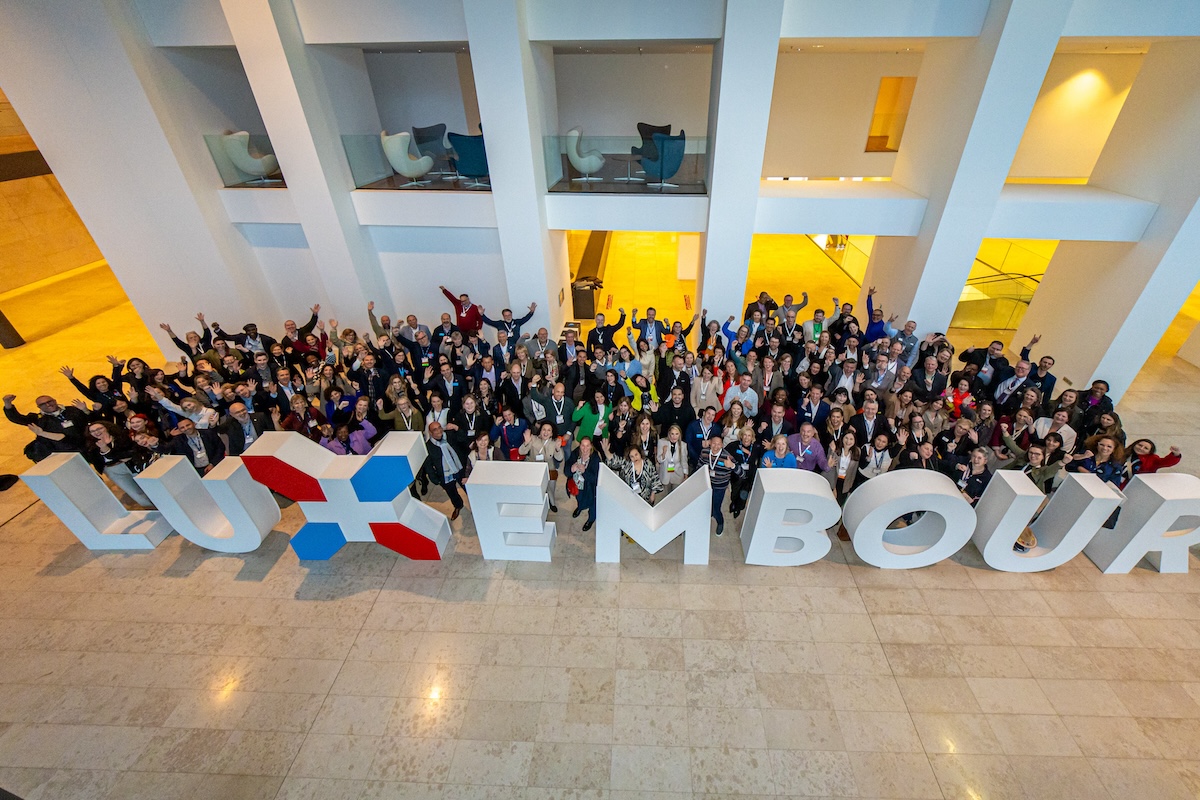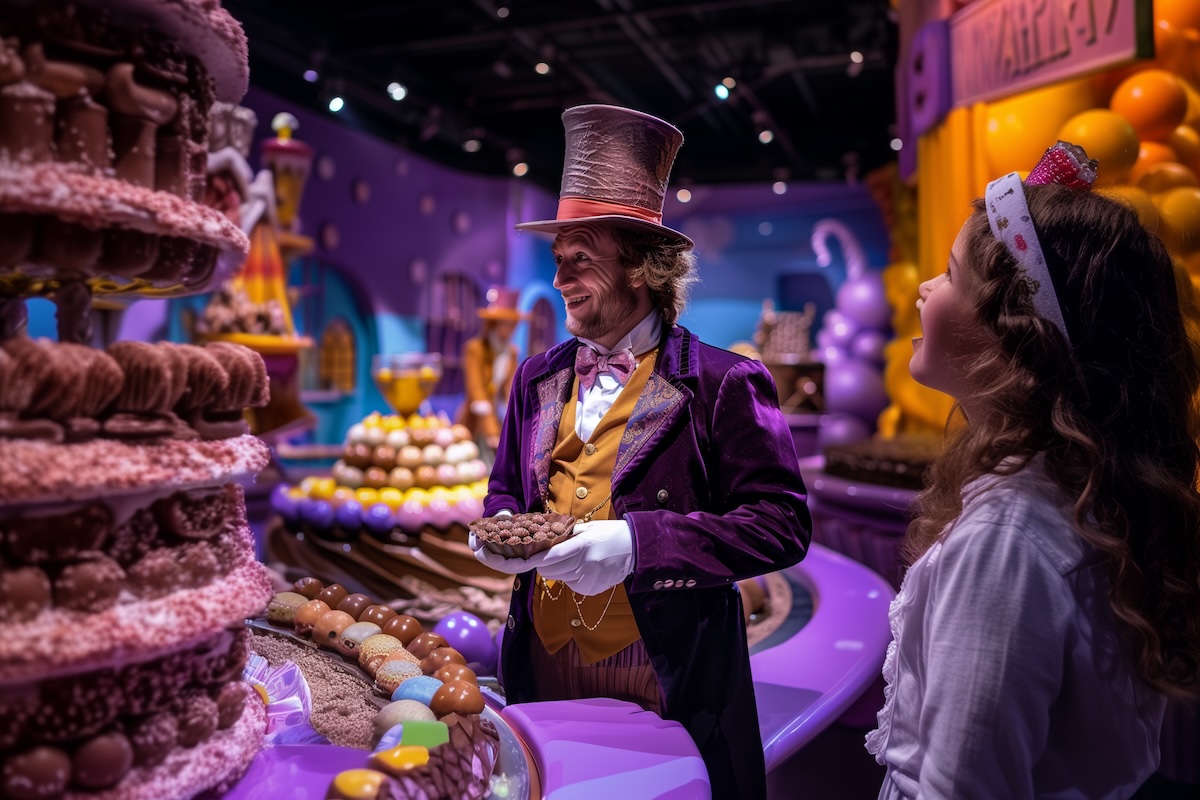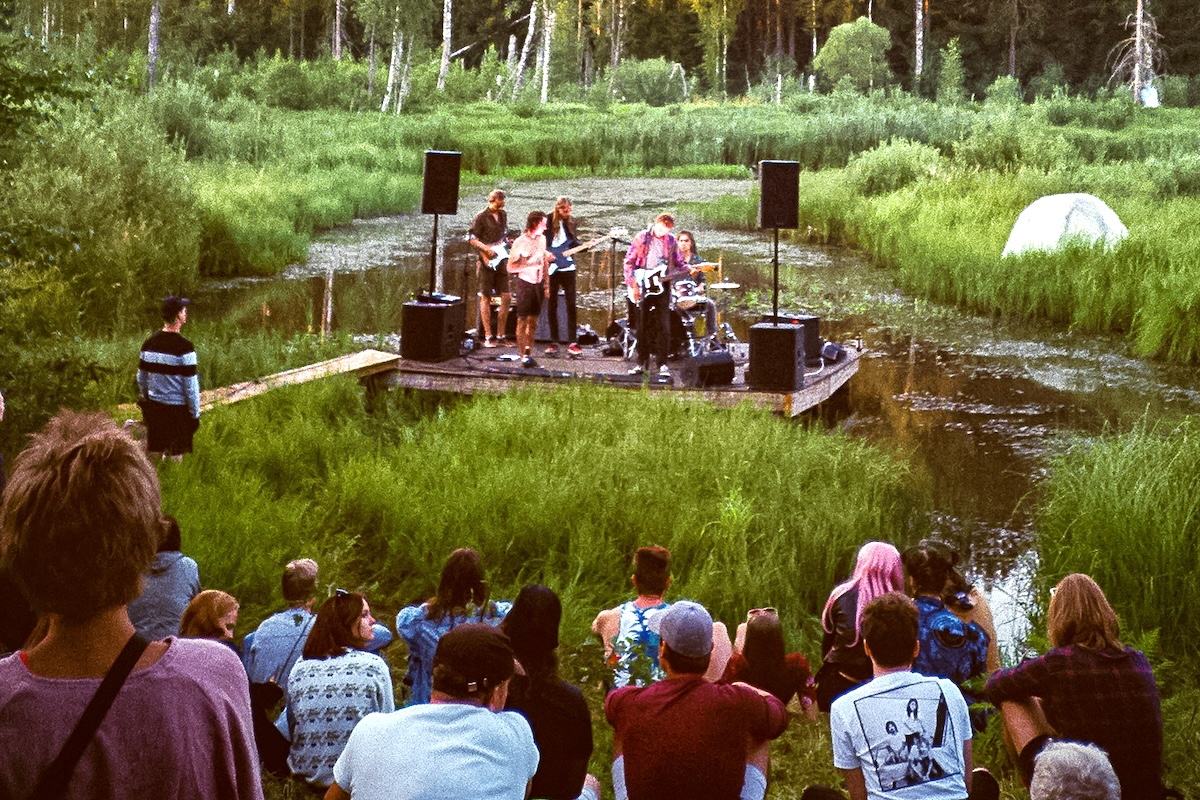Skift Take
A revenue crunch is driving B2B trade shows to open up to consumers. This may be another way distributed workforces are forcing a blending of our professional and personal lives.
As trade shows begin to return to pre-Covid schedules, a trend that was already emerging is coming in strong: business-to-business (B2B) shows being combined with business-to-consumer (B2C) shows. What’s behind this trend? Saving money. Generating more revenue. And the blending of professional and personal lives as a result of our work from home office. This is The Great Merging in action.
The Destination Perspective
“Post-pandemic we are experiencing a shift in the conventions and meetings industry where events that were historically B2B are pivoting to B2C,” Meet AC’s president and CEO, Larry Sieg said. “This shift is primarily due to today’s workforce being able to balance their professional and work life by including the entire family when traveling for business.”
That’s why DMOs have pivoted to selling the amenities, sustainability, and accessibility of their destination first, Sieg explained. “Now more than ever, meeting planners are looking at destinations and determining, is it a good fit for the family as well as their convention attendees,” Sieg said.
Maximizing Reach
When the primary purpose is B2B, then B2C has always been seen as an add on benefit, explained Joe Schramm, founder and president of Schramm Marketing Group, a company that specializes in promoting sports and producing conferences for the television industry. “If you have an expo floor, you want to draw crowds to the floor so the exhibitors see a value in their booth space,” Schramm said.
From his company’s long time involvement in the NAB (National Association of Broadcasters) conferences, he recalled the days of the 100,000 attendees in Las Vegas. For shows to sustain and turn a profit they still need to have high numbers, he said. “In order to get that kind of number you need to have consumers too.”
For his events, which also includes the NATPE show (National Association of Television Program Executives) consumers means “fans.” When he delivers “big talent” and has celebrities on stage, “a movie star is a movie star. You’re going to attract executives and fans.” These fans buy licensed merchandise and tickets. “A term we use is D2F, Direct to Fan or B2F, Business to Fan,” Schramm said.
Business Focus is Shifting
Corporations are rethinking their budgets for travel to conferences, “especially for highly paid executives that have to fly first class,” Schramm said. With fewer executive attendees anticipated at shows, Schramm is seeing more attention being paid to bringing in consumers. At the NAB show, color coded badges help identify trade versus consumer attendees where they are on the floor at same time.
Nicole Bowman, vice president, marketing & communications, IAEE and executive director, Exhibitions Mean Business categorizes this “trend” as more of an evolution. “For many years now, younger generations have put more emphasis on meaningful experiences and causes that are personal in nature. The lines have definitely been blurred from personal to business consumption in almost every aspect of our lives. Most brands need consumer buy-in to be successful. It makes sense to allow the public in to increase that exposure,” said Bowman.
Valuing Consumer Engagement
Felipe Gonzalez-Gordon, partner & chief operating officer, Colangelo PR, works on Spain’s Great Match, an annual event in which American importers and distributors of wines present the latest vintages of the Spanish wines to wine industry professionals and consumers.
“Wineries representatives are beginning to see the value in interacting with consumers and learning first hand how their wines are perceived,” Gonzalez-Gordon said. “Events where winemakers and winery principals are present are highly impactful consumer touch points that come at marginal cost. Winery principals might have traveled from overseas. They want to maximize their return on investment.”
Since venues are usually rented out for the entire day there is marginal cost to expand and incorporate a consumer portion to a planned trade event, he explained. “Furthermore, consumer events are often ticketed or may incorporate a retail (onsite online purchase component) and proceeds destined to subsidize costs or donated to a good cause, allowing institutional marketers and private brands to further their CSR goals,” he said.
Spain’s Great Match dedicates the morning/day portion to the trade who expect detailed explanations of the wines been offered. Gonzalez-Gordon explains that consumers, who attend in the evening, are more interested in where can the wines be purchased, the availability of winery tours and the stories behind the brand, rather than the technical winemaking details.
Trending Across Industries
The Food and Wine Classic in Aspen is another example of this trend said Gonzalez-Gordon as well as The Barolo & Barbaresco World Opening and the Slow Wine Tour. Bowman pointed to EarthX in Dallas and E3, the e-gaming trade show.
“After nearly 2+ years of either no trade shows or much smaller, revised versions, organizers are realizing they must do things differently in order to keep attracting vendors and attendees,” said Gabriella Ribeiro, president, Trumarketing, a boutique sales and marketing firm that represents a portfolio of global tourism boards, DMCs and hotels.
“There has also been an influx of new shows rising up in the past few years so they must keep evolving in order to stay interesting, effective and relevant. Consumer days could be a point of attraction for vendors but only efficient if used correctly,” said Ribeiro.
Is this trend here to stay?
Gonzalez-Gordon lays it out: Brands are realizing that direct interactions with consumers are extremely valuable. Margins are tight and there’s pressure to maximize the ROI. By combining trade efforts and consumer efforts in single events there are synergies to be had. Because marketing is expensive, efficiencies must be found. So, yes there will be more events that target both trade and consumers.





